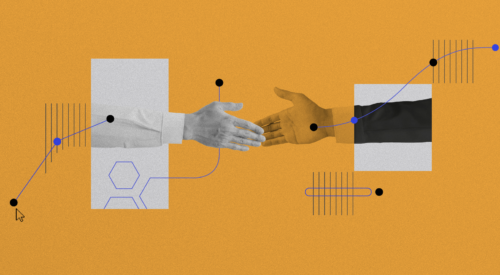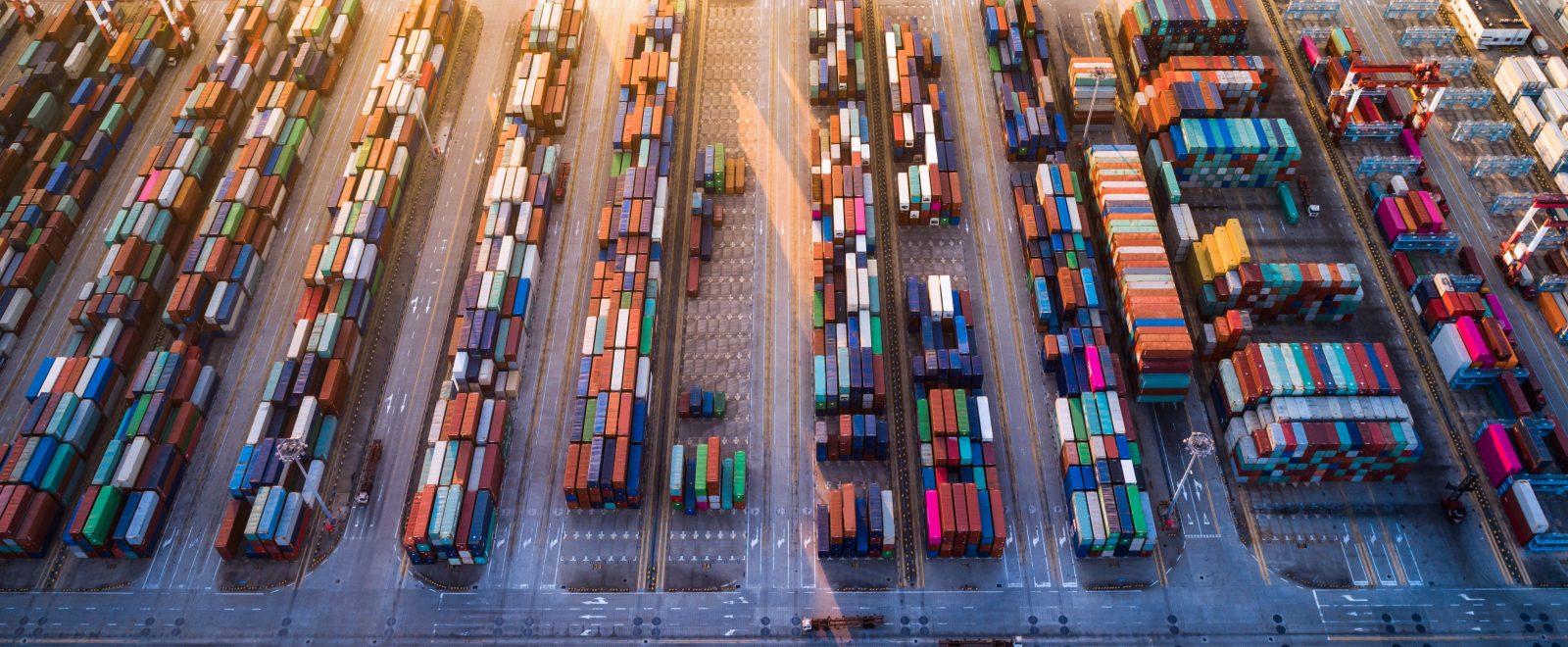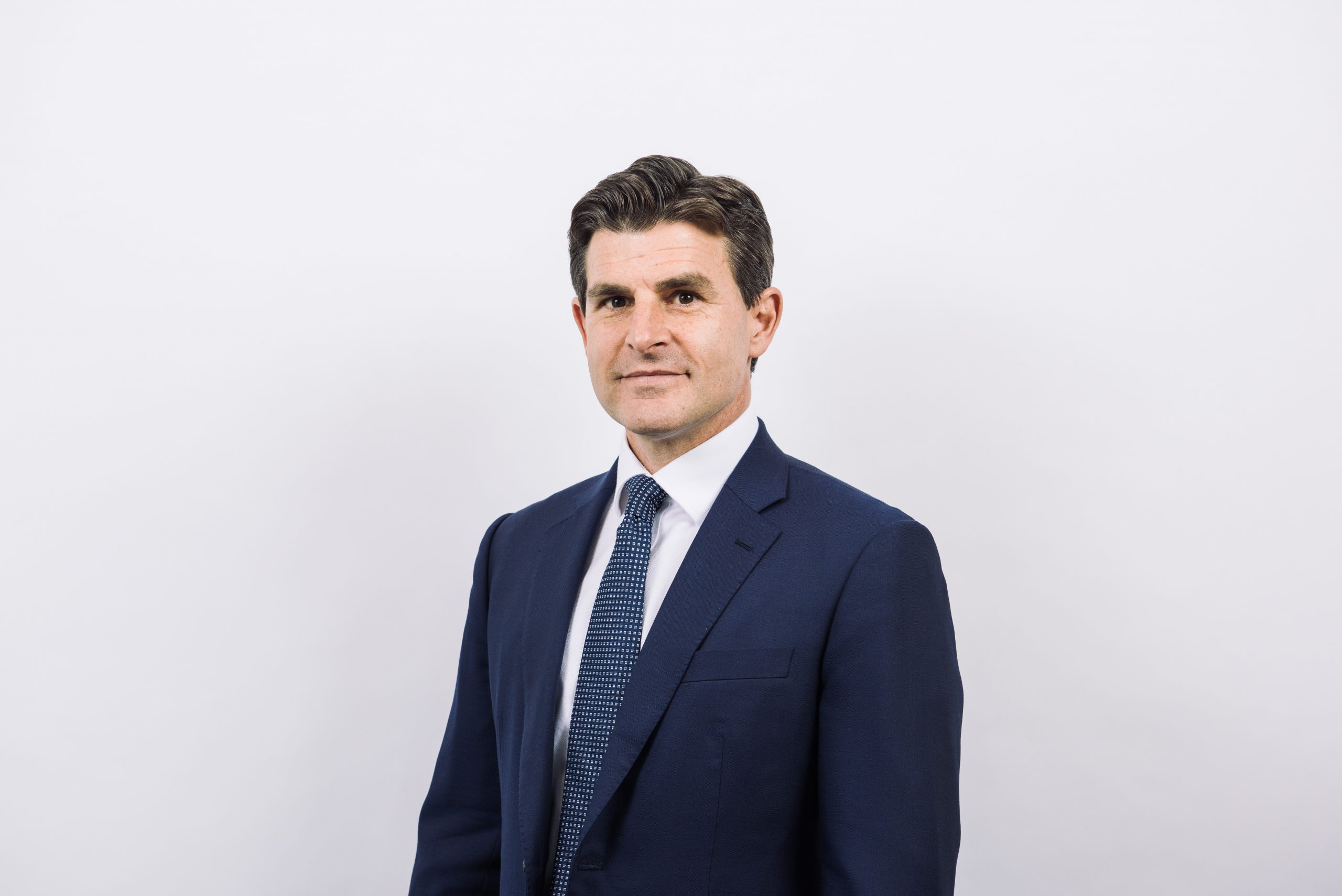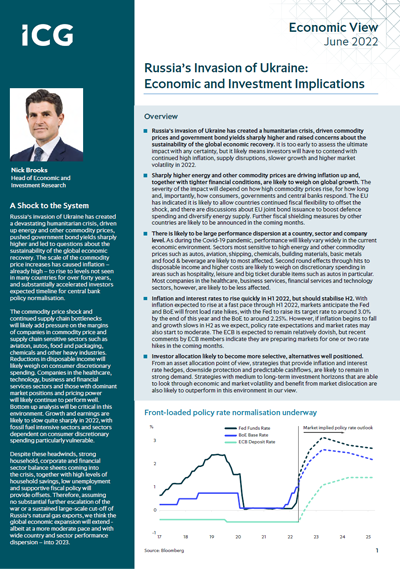A critical problem is that Sinovac and Sinopharm, the locally developed Covid-19 vaccines that most of China’s population have been vaccinated with, are believed to provide only limited protection against the Omicron variant of Covid-19 after two doses. A Yale study released in January indicated that two doses of Sinovac produced no neutralising antibodies against the Omicron variant. While a University of Hong Kong study released in March reported that at three doses Sinovac may provide over 90% protection against severe disease and death across all age groups, it is estimated that only around 60% of China’s population has had a third dose.
Of particular concern, given their high risk of death from the disease, is that as of March only 20% of those over 80 years old are estimated to have had three doses of the vaccine and around 40% have had no vaccine at all. This means that a large part of China’s population, and particularly the segment of the population most vulnerable to the disease, are largely unprotected from the Omicron variant of Covid-19. Given the high population density in many of China’s major cities, an outbreak would likely spread very quickly.
An additional problem is that China has limited intensive care beds relative to the size of its population. It’s estimated that China pre-Covid had around 4 critical care beds per 100,000 people. This compares to an estimated 12 beds and 34 beds per 100,000 people for the OECD and US respectively. A large-scale Covid-19 outbreak would likely overwhelm China’s hospital system very quickly.
A recent Fudan/Indiana University study indicates this would be the case, with its modelling estimating that an uncontrolled Omicron wave would lead to a projected intensive care unit peak demand of nearly 16 times existing capacity and would lead to around 1.6mn deaths over six months. By comparison, the US, the country with the largest number of Covid-19 deaths so far, has seen a total of around 1mn deaths since the beginning of the pandemic.
It therefore seems very unlikely that China will end its zero-Covid policy until it has found a solution to the above problems. Based on what we currently know it appears that the fastest way for China to achieve sufficient protections to feel safe relaxing its zero-Covid policy is some combination of speeding the rollout and take-up of three doses of Sinovac (assuming the Hong Kong University study is correct), particularly among the elderly; facilitating the rapid importation and distribution of proven effective existing mRNA vaccines such as Pfizer and Moderna; and ensuring sufficient supplies of effective Covid-19 antivirals. In February China granted emergency approval to Pfizer’s Paxlovid antiviral and a number of local pharmaceutical companies have been licensed to produce generic versions of the drug.

It is of course difficult to second guess how long it will take for China’s government to feel comfortable starting to relax its zero-Covid policy. However, if pushed, our best guess is it may occur by Q4 2022 for a couple of reasons. The first is it is estimated that at the current rate China is administering inoculations, by about September 2022 around 90% of the elderly population will have completed the full three-does vaccination course. Recently the government has been stepping up vaccination drives and increasing incentives for the elderly to get vaccinated which will hopefully further accelerate the vaccination rate. If, in addition, substantial stocks of antivirals are built, the government may feel more confident about easing containment policies. Another factor to consider is the upcoming all-important quinquennial Chinese Communist Party congress that normally takes place in October or November. Keeping deaths low and maintaining political and social stability in the run-up to the congress are the government’s main priority. However, with President Xi Jinping hoping (and almost universally expected) to be re-elected for an unprecedented third term, being in a position to start to safely relax the highly unpopular zero-Covid policy by then would likely produce a timely and much needed boost to political and economic sentiment.
The gradual untangling of supply chains this will allow, together with slower developed economy demand growth as this year’s monetary tightening bites and the initial boost to demand from economic re-opening starts to wane, should help speed the decline of goods inflation over the course of 2023 in our view.
This article is an updated version of the original published in late May.















 Back
Back